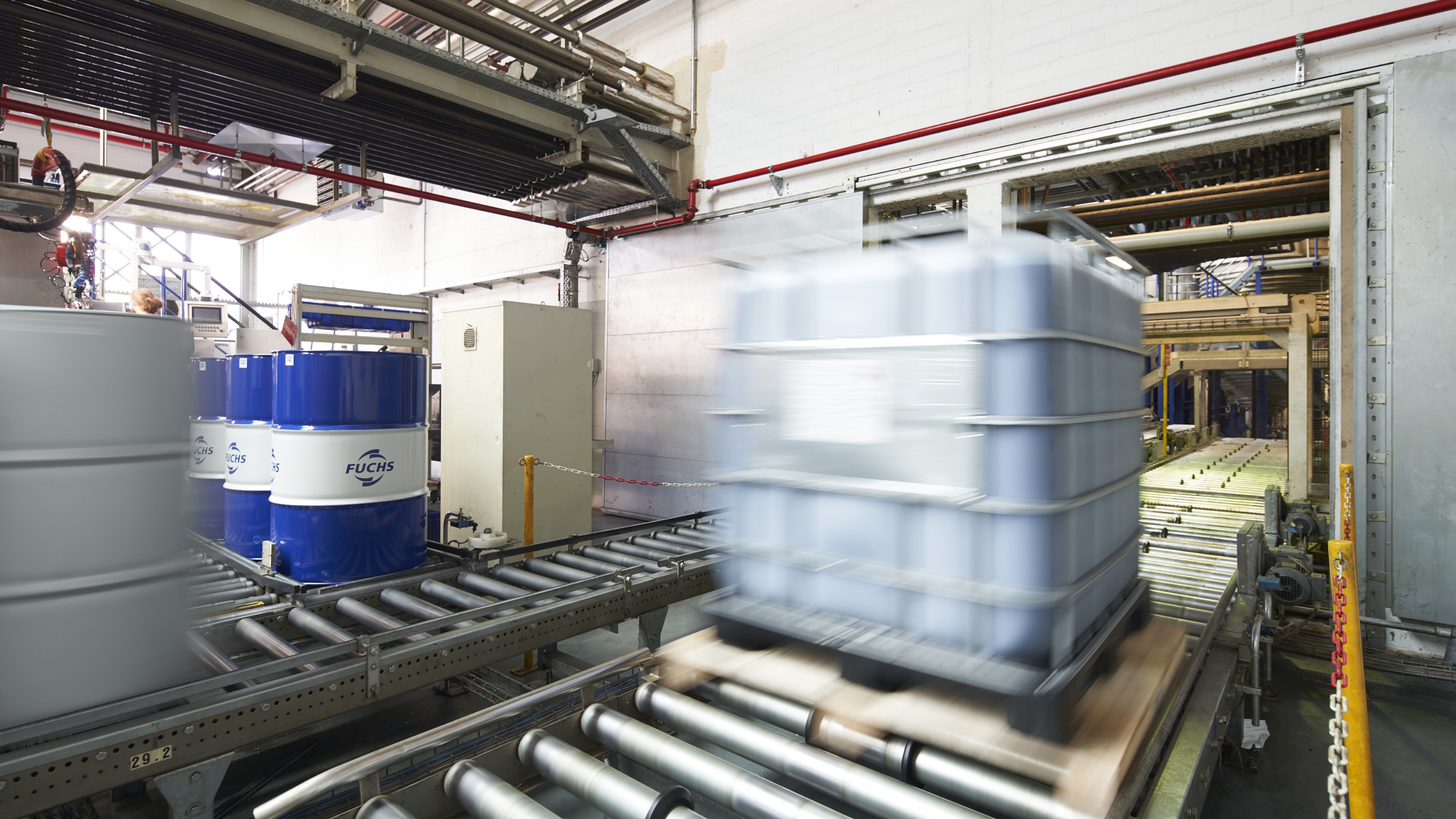Industry is faced with the task of reducing its CO2 footprint in order to be able to act ecologically and be economically successful. Here, FUCHS has adopted a sustainable strategy in three areas along the entire value chain: with its suppliers, with its own operations and with its customers.
There have always been natural climate fluctuations here on earth; nevertheless researchers have been observing a man-made phenomenon for 150 years: our planet earth is getting warmer. This is due to the growing share of CO2 in the atmosphere that industrialization is causing. Factories started burning fossil fuels on a large scale to generate enough energy for production. Whereas the worldwide CO2 emissions could hardly be measured up until 150 years ago, a diagram from the independent American research institute Center for Climate & Energy Solutions (C2ES) based in Arlington, Virginia, shows what has since changed. The curve rises moderately from 1870 on, while slight fluctuations were observed during the two world wars. Concentrations have been steeply on the rise since 1946. Whereas global emissions in 1950 still only added up to five billion tons, the figure for 2018 is just over 37 billion tons. And the global climate is reacting: the 20th century was the warmest of the last 2,000 years on 98 percent of the earth’s surface.
Industry putting on the heat
Climate change affects the entire world population. On the other hand, it has only a few main causes. A small number of countries are responsible for a large share of the greenhouse gas emissions, as C2ES figures also show: China, the US and the European countries are the biggest climate sinners. The share of industry is quite clear: industrial processes are responsible for around six percent of emissions. Furthermore, industry needs a significant share of the energy generated from fossil fuels. And, at 72 percent, energy production itself is responsible for the lion’s share of emissions.
The good news is that industry can use many levers to improve the climate balance. And they are already being used. In the US as well as many European countries, including Germany, emissions have declined over the past 20 years. Doug Vine, expert on industry and energy at C2ES, calls for further progress to be made in this area. “Energy efficiency can be increased even further and new production technologies can be developed,” he says. “There is great potential for effective solutions.”
Lubricants provide efficiency
Bringing efficiency into complex processes is one of the core tasks for the lubricant industry. Whether it’s in machines or gearboxes, in modern high-speed trains or wind and hydroelectric power stations, lubricants prevent friction, wear and corrosion, which makes them the guarantors of a sustainable and climate-friendly industry. Reducing the CO2 footprint of our customers is a central goal of FUCHS' business activities. For this reason, one goal of our business activities is to contribute also to the reduction of our customers’ CO2 footprint. For example, the latest AAA+ energy labels for refrigerators can be achieved by using friction-optimized refrigerator oils. Engine oils with FUCHS XTL® Technology reduce fuel consumption and CO2 emissions under extreme conditions and temperatures. These effects are called the ‘FUCHS-Print'.
“There are many ways to reduce emissions in industry even further. Energy efficiency can be increased and new production techniques can be developed.”
Optimization of one’s own operations
Although the direct ecological ‘Foot-Print’ in the production of lubricants is comparatively small – this distinguishes FUCHS from the classic chemical industry – the goal is to continuously reduce the resulting footprint. The effects of the respective measures are recorded precisely. One example: The new test facility building at the Mannheim site uses hot condensate, a waste product from production, to prevent frost from forming in the adjacent warehouse. The condensate then feeds the cooling system at the test benches. This saves around 18 tons of CO2 and 1,000 cubic meters of treated water each year.
Suppliers on the test bench
In the purchasing department, the company evaluates the CO2 balance of the necessary raw materials and reaches agreement on binding reduction targets with its suppliers. This enables us to optimize our so-called ‘Feed-Print'.
FUCHS thus makes use of a series of measures to reduce emissions along the entire value chain. This is ecologically sustainable – but also social because the company accepts its responsibility for the global society. And, last but not least, this orientation makes good economic sense. On the one hand, customers are increasingly demanding ecological products and processes – just as FUCHS is already doing with its suppliers today. On the other hand, stricter regulations and monetary bonus-malus systems with regard to CO2 emissions can be expected in the future.
“One goal of our business activities is to contribute to reducing the CO₂ footprint of our raw materials, our lubricant production and our customers with our solutions.”


